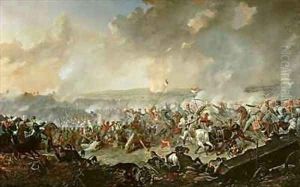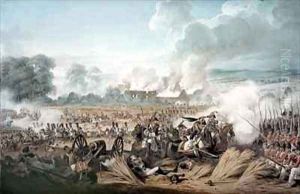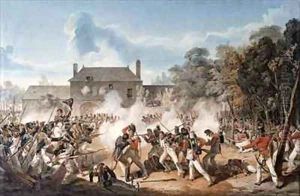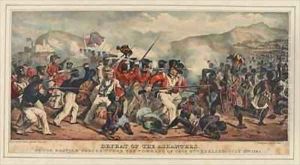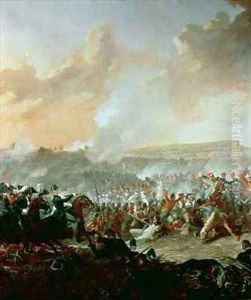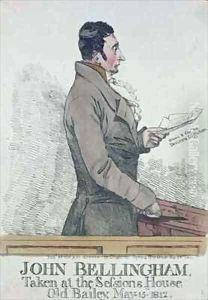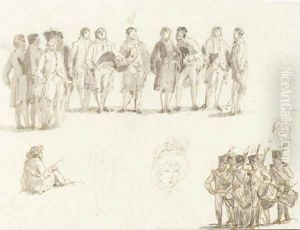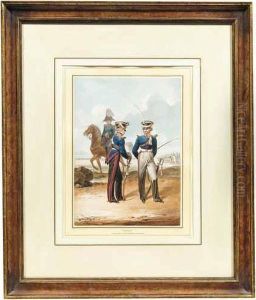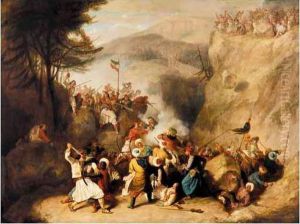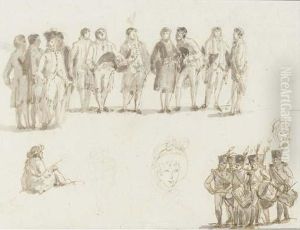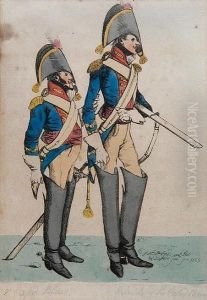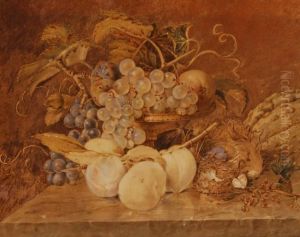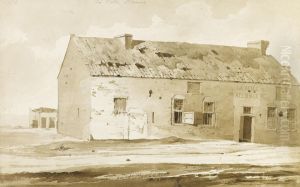Denis Dighton Paintings
Denis Dighton was a British artist renowned for his military and battle scene paintings, capturing the essence of the Napoleonic Wars with vivid detail and drama. Born in 1792, Dighton was part of a family with strong artistic roots; his father, Robert Dighton, was a well-known caricaturist and portrait painter, which undoubtedly influenced Denis' early interest and eventual career path in the arts.
Dighton's education and training in art were bolstered by his association with his father's artistic circle, allowing him to develop a unique style that combined detailed military accuracy with the dynamic portrayal of battle scenes. His talent quickly garnered the attention of military and historical art enthusiasts, leading to commissions that would define his career.
Throughout his relatively short life, Dighton produced a significant number of paintings and illustrations that focused on the Napoleonic Wars. His works are distinguished by their meticulous attention to detail, from the uniforms and insignias of the soldiers to the expressions of heroism and the chaos of battle. Dighton's ability to convey the atmosphere of the battlefield and the emotions of its participants made his paintings highly sought after, both during his lifetime and posthumously.
One of Dighton's most significant contributions to British art and historical documentation was his series of battle scenes from the Peninsular War and the Battle of Waterloo. These works not only served as artistic representations of key moments in British military history but also as visual records that contributed to the national narrative of heroism and victory.
Denis Dighton's career was, however, cut short by his untimely death in 1827. Despite his early death, Dighton's legacy as a preeminent military artist of the Napoleonic era endures. His paintings continue to be celebrated for their historical accuracy, technical skill, and emotional depth, offering viewers a window into the tumultuous period of the early 19th century. His works remain in collections and exhibitions dedicated to military and historical art, where they stand as testaments to his talent and his contribution to the artistic documentation of war.
